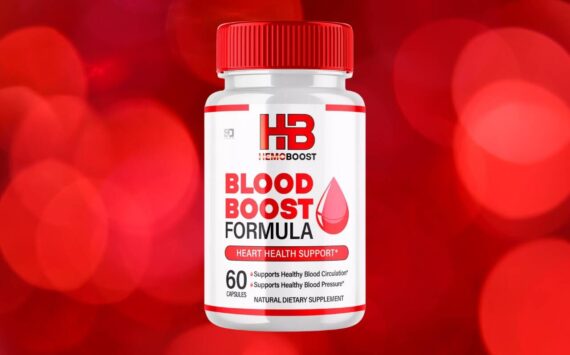According to London’s Financial Times, European manufacturers are bypassing China and Asia and looking to the southern U.S. states to build new plants that provide thousands of family-wage jobs.
Volkswagen just joined the South’s line-up of auto assembly plants. It is building a $1 billion factory in Chattanooga that will employ 2,000 people and create 9,477 related jobs. To attract VW, state officials disclosed that they gave the German carmaker $577 million in incentives to build the plant in Tennessee.
Despite the generous incentives, the deal is a win for Tennessee. A study by the University of Tennessee’s Center for Business and Economic Research shows that, for every dollar that state and local governments spend on a one-time basis for the VW plant, both state and local government coffers will get $1 in new tax revenues annually for 30 years. That’s a net cash “profit” of $526.9 million for the state and $557 million for local government.
There is a virtual bidding war between southern states for modern vehicle manufacturing. Foreign-based companies now operate 13 assembly plants in the U.S., most of which are in the South.
The Associated Press reports Alabama offered $385 million to VW for the same plant, while Mississippi gave Toyota $294 million in 2007 to build at Blue Springs and Kia received $400 million worth of incentives from Georgia.
A senior executive at Fiat, the Italian industrial conglomerate, told the Financial Times, “With the amount of money U.S. states are willing to throw at you, you would be stupid to turn them down at the moment. It is one of the low-cost locations to be in at the moment.”
Manufacturers outside of the auto industry are looking to the South as well. For example, ThyssenKrupp, the German steelmaker and industrial group, is receiving more than $811 million to build a new steel mill in Alabama and, the company turned down even more from Louisiana, which reportedly offered as much as $2 billion.
Incentives are not new, but their increasing size, plus the relative weakness of the dollar and increasing wages in China and Eastern Europe, makes our country more enticing.
The most attractive states are “right-to-work” states in which individual workers can decline union membership. Washington is a compulsory union state, so if people want to work at Boeing as a machinist, they have to join the union. When the union votes to strike, as the Boeing machinists did, they cannot cross the picket line even if their family is hurting for money.
Incentives and right-to-work laws are part of the decision matrix. A pool of trained and willing workers is important as well. Companies need people who know what they are doing when the factory powers up and many states are spending millions to train workers for new factories and growing businesses.
These aren’t low wage jobs. According to information published last year from the Center for Automotive Research, Toyota gave workers at its largest U.S. plant bonuses of $6,000 to $8,000, boosting the average pay at the Georgetown, KY plant to the equivalent of $30 an hour. That compares with a $27 hourly average for United Auto Workers union workers, most of whom did not receive profit-sharing checks in 2006. Honda and Nissan are not far behind Toyota and UAW pay levels.
Attitude matters as well. Investors want to know that state and local communities want the factories there and won’t just begrudgingly give in after a company has waded through a blizzard of permits.
It all adds up to a matter of cost and timing. Since time is money, cost is the main consideration.
Washington is a high cost state, but over the years, governors and lawmakers have reduced the burden somewhat. For example, Gov. Lowry pushed through a sales tax exemption for manufacturing machinery, equipment and research and development in 1995. In its first two years, an Association of Washington Business survey of small manufacturers found that the incentive generated more than $250 million in new machinery purchases.
With a $2.7 billion state revenue shortfall, Washington is unlikely to join the southern bidding war for new auto plants. However, as state political candidates position themselves for the November elections, they need to remember that Washington’s competitive position depends on how price competitive we will be. In other words, don’t pile on additional costs.
It really is a numbers game.







